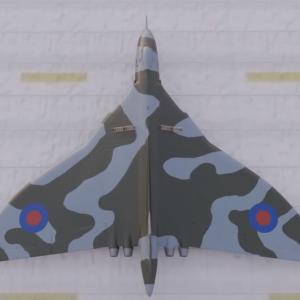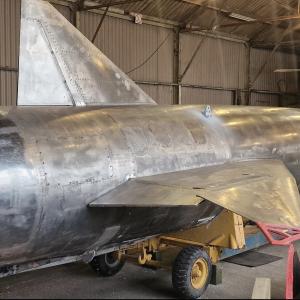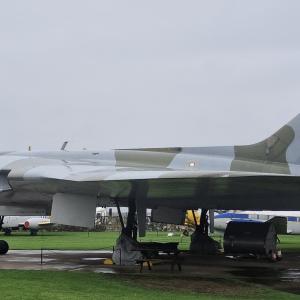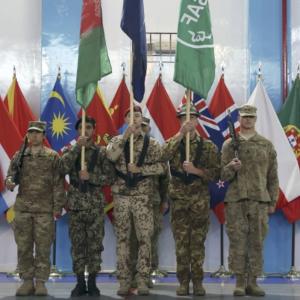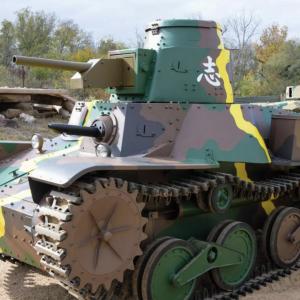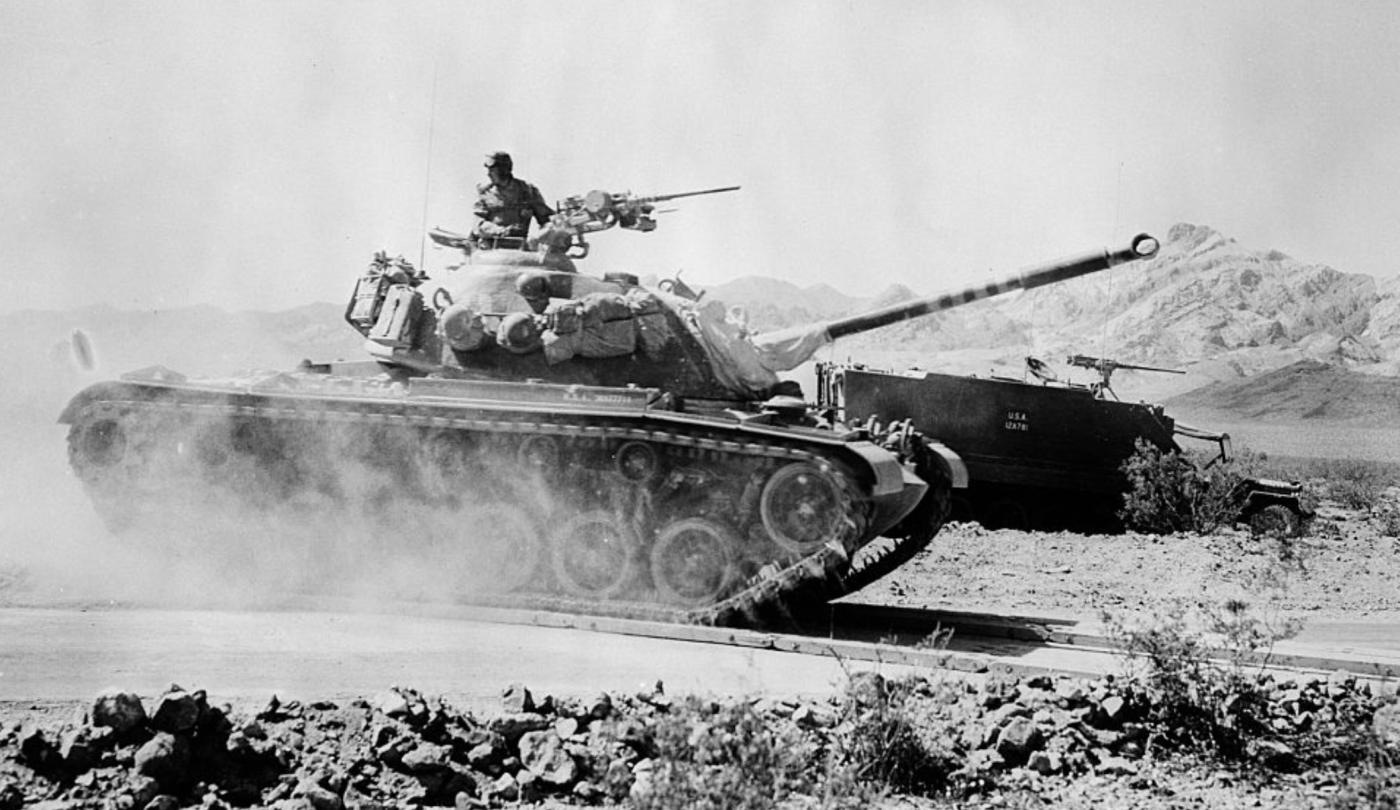
Pakistans Patton tanks
The M48 Patton was an American main battle tank developed in the early 1950s as a successor to the M47 Patton. Named after General George S. Patton, it was designed to improve upon previous models with better armor, firepower, and mobility. The tank was designed by Chrysler Defense, which is now part of General Dynamics Land Systems, and was manufactured by Chrysler, Ford Motor Company, and the American Locomotive Company (ALCO). Production began in 1952 and continued until 1959, with over 11,700 units built. The M48 featured a fully cast hull and turret, offering better ballistic protection compared to its predecessors.
The tank’s main armament was a 90mm M41 gun in the early variants, with some models later upgraded to a 105mm gun (M48A5). It also had secondary weapons including a .50 caliber M2HB machine gun mounted for the commander and two 7.62mm machine guns. The armor thickness reached up to 110mm. Powered by a Continental AV-1790-5B V12 gasoline engine, the M48 could reach speeds of about 48 km/h (30 mph) and had a range of approximately 450 km (280 miles). The crew consisted of four members: commander, gunner, loader, and driver.
During the 1950s and 1960s, Pakistan was aligned with the United States and other Western military alliances. Through the U.S. Military Assistance Program, Pakistan received around 300 to 400 M48 Patton tanks, primarily the M48A1 variant. These tanks became the core of Pakistan's armored forces, particularly within the 1st and 6th Armoured Divisions and several independent brigades.
In the Indo-Pakistani War of 1965, which was fought mainly over Kashmir, the M48 Patton tanks played a significant role on the Pakistani side. One of the key tank battles involving these tanks took place at Asal Uttar in early September 1965. Approximately 90 Pakistani Pattons participated in an offensive to break through Indian defenses in Punjab. Despite their advanced design and firepower, the M48 tanks faced difficulties in the battle due to terrain, tactics, and the well-prepared Indian defenses.
The battle resulted in heavy losses for the Pakistani armored units, as Indian forces used a combination of anti-tank weapons, infantry tactics, and the natural terrain to counter the Pattons. The M48's performance revealed vulnerabilities, especially when fighting in marshy areas and near sugarcane fields that restricted tank movement. Indian Centurion tanks and other anti-tank weapons inflicted significant damage on the Pakistani armored formations.
Overall, while the M48 Patton was technologically advanced for its time and powerful on paper, its performance in the 1965 war showed that factors like terrain, tactics, and crew training were critical to the effectiveness of armored warfare. Despite its losses, the M48 remained an important asset in Pakistan’s armored forces for many years following the conflict.

